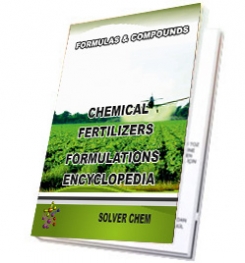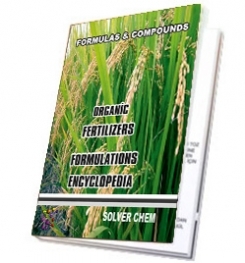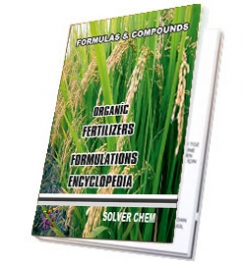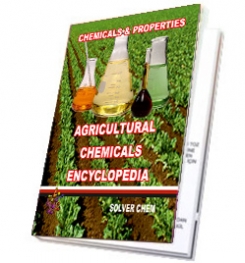 NITROGEN FERTILIZER TYPES
NITROGEN FERTILIZER TYPES
Nitrate (NO3) Form
Nitrates "dissolve" in water and,therefore, move about in the soil with the movement of soil water. Rainfall will wash nitrates downward through the soil profile where they may enter tiles or drainage channels and be lost for agricultural production. This is called leaching and is the major cause of nitrogen loss from coarse-textured sandy soils.
During dry periods, on the other hand, when water is evaporating from the soil, nitrates can move upward and may accumulate at the soil surface. However, once leached below the root zone, upward movement of large quantities of nitrates is unlikely, and thus they are considered lost to the crop.
When soils become waterlogged, soil organisms take the oxygen they need from nitrates, leaving the nitrogen in a gaseous form which escapes into the air. This is known as denitrification and is the common source of nitrogen loss in fine-textured clay soils.
Ammonia (NH3) and Ammonium (NH4) Forms
Ammonia is a gas at atmospheric pressure but can be compressed into a liquid, as is the case with the nitrogen fertilizer anhydrous ammonia. When anhydrous is applied, the ammonia reacts with water in the soil and changes to the ammonium form. Ammonia in water, known as aqua ammonia, is free to escape into the air and, therefore, when used as a nitrogen fertilizer, must be injected under the soil surface.
Although water-soluble, ammonium attaches readily to clay and organic matter particles (in much the same way iron is attracted to and held on a magnet), thus preventing it from leaching away. Then during the growing season, soil microorganisms convert the ammonium to nitrate, which is the main form taken up by plants. The soil conditions most favorable to this conversion process (called nitrification) include: a soil pH of 7, moisture at 50% of the soil's water-holding capacity, and a soil temperature of 80F. Conditions unfavorable would be: a pH below 5.5,a waterlogged moisture condition, and temperature under 40F.
Urea (COCNH) Form
This form of fertilizer nitrogen usually undergoes a three-step change before it is taken up by crops. First, enzymes in the soil or plant residue convert the urea N to ammonia N. Next, the ammonia reacts with soil water to form ammonium N. And finally, through the action of soil microorganisms, the ammonium is converted to nitrate N.
Like nitrates, urea dissolves in and moves with soil water and thus can be lost through leaching if not converted to ammonia and then ammonium. The conversion to ammonia takes only 2 to 4 days when soil moisture and temperature are favorable for plant growth. Lower temperatures slow the process, but it will continue even down to freezing. Consequently, leaching losses are seldom experienced under field conditions.
When ammonia is formed from urea applied on the soil surface, some will be volatilized (escape into the air), the amount depending on a combination of soil conditions. Greatest loss can be expected when soil pH is above 7. soil temperature S high and soil moisture low. Ammonia formed from urea applied under the soil surface, on the other hand, s rapidly converted to ammonium. which will neither move with water nor be lost to the air.
If decide to make nitrogen fertilizer, there is a need for a good and usable formulation. This formulation is needed to decide which chemicals and what quantites should be used.
TAGS : How to make nitrogen fertilizer | making liquid nitrogen fertilizer | preparation of granules nitrogen fertilizer | manufacturing of nitrogen fertilizer | how to use liquid nitrogen fertilizer | making solid nitrogen fertilizer | uses of nitrogen fertilizers | when to use nitrogen fertilizer | advantages of nitrogen fertilizer | benefit of nitrogen fertilizers | composition of nitrogen fertilizers.
AGRICULTURE ENCYCLOPEDIAS AND CONTENTS
If decide to make nitrogen fertilizer, there is a need for a good and usable formulation. This formulation is needed to decide which chemicals and what quantites should be used.
TAGS : How to make nitrogen fertilizer | making liquid nitrogen fertilizer | preparation of granules nitrogen fertilizer | manufacturing of nitrogen fertilizer | how to use liquid nitrogen fertilizer | making solid nitrogen fertilizer | uses of nitrogen fertilizers | when to use nitrogen fertilizer | advantages of nitrogen fertilizer | benefit of nitrogen fertilizers | composition of nitrogen fertilizers.
AGRICULTURE ENCYCLOPEDIAS AND CONTENTS

|
|

|
|

|
|



